A brief history
In 1626 Dutch settlers purchased Manhattan Island, New York from the native Indians with beads, trinkets, and cloth. It only cost them about $24, but it was not paid with coins or bills, money as we know it today. Now, in our present time, it would cost them worth countless billions of dollars.
Money throughout history has come in various forms. Just about every useful commodity has been used as money—hides, grain, seashells, tobacco, salt, cattle, stones, feathers, and cacao beans. Our word “salary” comes from salarium, the Latin word for salt. Similarly, “pecuniary” comes from the Latin word for cattle, pecus. At different times, both salt and cattle were used as money in ancient Rome.
But for trade and industry to flourish, money had to have a convenient and widely acceptable form and be equally valued everywhere. For example, cowrie shells were accepted as currency on the west coast of Africa. They were rare there and highly valued. They were also light in weight and impossible to counterfeit—important factors for money. But they could not be used for trade with India, where the seashores teemed with them!
Those precious metals
Gradually, precious metals such as gold and silver began to replace other forms of currency. They were durable, widely accepted, relatively scarce giving them a high and stable price per unit of weight, and could more easily be carried and divided into smaller amounts.
Merchants, though, had to carry a set of sensitive scales with them to ensure that all transactions were exact and neither party was cheated. Later, marked coinage was introduced, which eliminated the need for scales.
How coins were first made
The first coins were likely minted in Lydia (modern-day Turkey), sometime before 700 B.C.E. Metalworkers in various countries were soon mass-producing coins, and people throughout the lands mentioned in the Bible began using them.
How were the coins made? A worker would remove molten metal from a furnace (1) and pour it into hollow casts, producing blank discs known as flans (2). He would then insert the flans between metal dies that were engraved with symbols or pictures (3). Next came the hammer strike that imprinted the image onto the flan (4). The speed of the process often resulted in coins that were struck with the image off-center. Workers would sort the coins, weigh them to make sure that they were of a consistent value and, if needed, trim off any excess metal (5).
Coins of the present
Have you ever wondered why our coins today have milled (ridged) edges and are carefully decorated? That is because early coins were not perfectly round and could easily be clipped or shaved before they were passed on. An enterprising person could thus salvage a small bit of precious metal from each and accumulate a tidy sum. To prevent this type of cheating, milled edges were added, which made such practices easier to detect.
Paper money, in the form of letters of credit and treasury notes, was known in China in the ninth century B.C.E. and also in Roman times. Modern bank notes, though, came into usage in Europe. London goldsmiths began using their secure vaults to store gold and valuables for others. A receipt was issued for each item deposited. As confidence in the integrity of the goldsmith grew, the receipts themselves would be exchanged and used as money, rather than moving the items. Also, signed orders to the goldsmiths to hand certain sums of gold to a named person became the forerunners of our modern checks.
As long as it was securely backed up and trusted, paper money was much more convenient to use and less risky to handle especially for large sums. Pictorial notes were even made to help the illiterate. Today, paper money, bookkeeping, and electronic transfers predominate in business transactions worldwide. Now, which would you rather use and carry with you daily: animals, stones, shells, grain, metals, or paper money?
Some facts about coins
● One of the smallest coins in circulation in first-century Palestine was the copper lepton, also known as a mite. A laborer would earn two lepta in just 15 minutes. It was likely two lepta that the widow dropped into the temple treasury chest.
● The silver drachma was a Greek coin that took almost a full day’s labor to earn. Two drachmas was the amount all Jewish men paid yearly as a temple tax.
● The silver denarius was a Roman coin that bore the image of Caesar, so it was ideally suited to serve as “the tribute” coin exacted from every adult Jewish male during the Roman occupation. An employer would pay a laborer one denarius for a 12-hour workday.

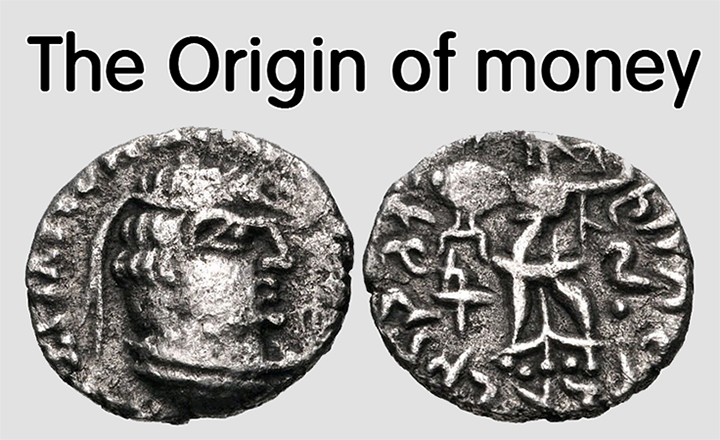




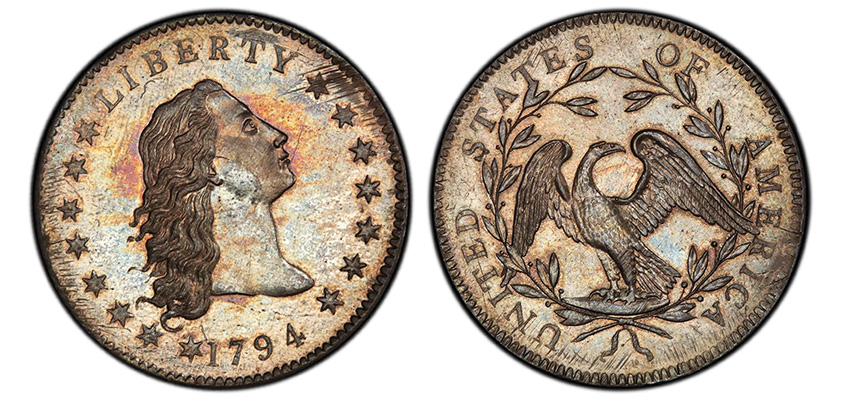
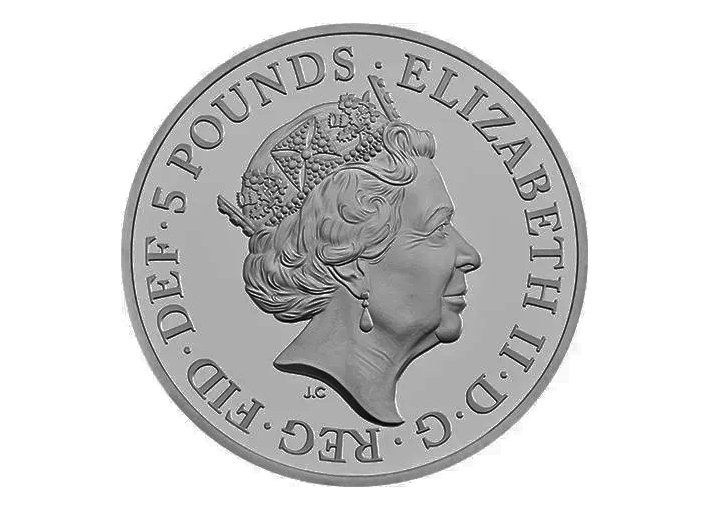
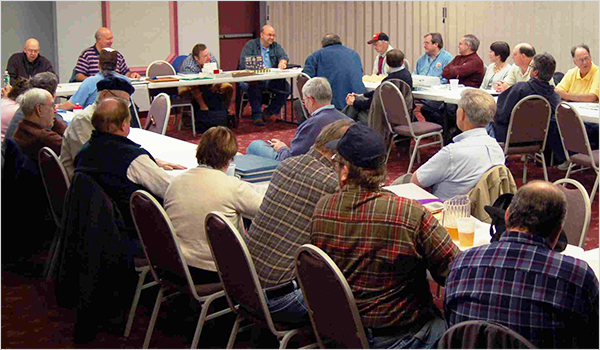
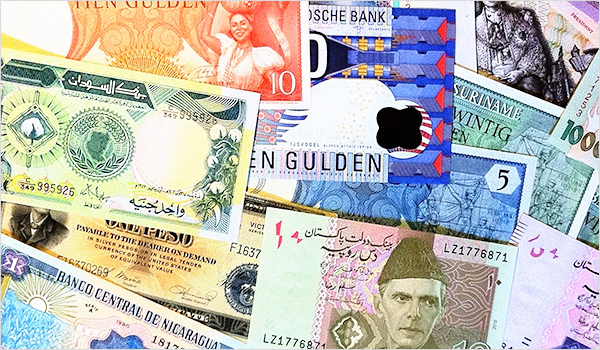

Leave a Reply